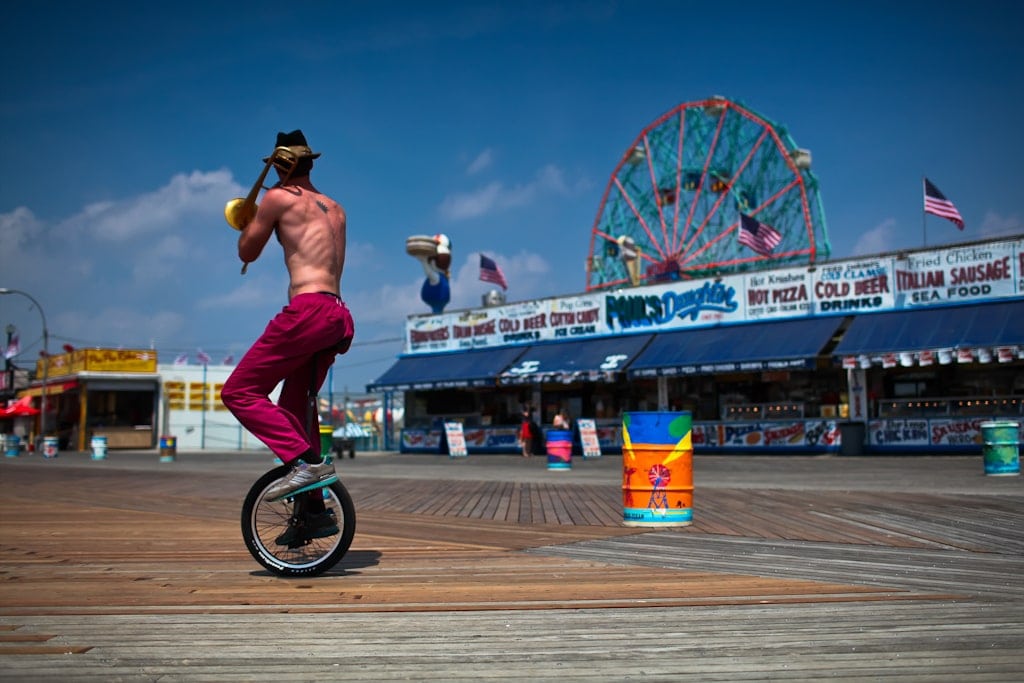You have spent your life walking around those streets, through those neighborhoods, in the shade of their trees and their buildings, sitting on their benches or waiting at their traffic lights. You know it well and you are sick of walking its streets. But, have you ever gone out to photograph it? To portray the life that emerges in every corner? It's more difficult than it seems because sometimes it's hard for us to get inspired by environments that are too familiar, but don't worry, it's a matter of putting in the desire and taking advantage of the advantages of being a great expert in your city.
COMMON PLACES
If you want to photograph tourist or typical places and get postcard images, it's legal, you probably haven't even tried it before. But as a good connoisseur of your city, you have several advantages that ordinary tourists do not have. Don't they say that information is power? ? Well, use it. You know the best hours of the day and the best places from which to take the pictures. You have time to analyze the scene and find the best and most original framing and composition , and you can come back whenever you want, with the best light. So if you are going to make a "postcard" image, make it the best ?
DEVIATE FROM THE TYPICAL PLACES
Not only will it allow you to discover new and wonderful corners of your city, but probably looking for new places will give you the best and most authentic images of it. So flee from the crowded places in the most typical places and, whenever your city allows it, take a walk in less touristy and busy places (metro or bus stations, the outskirts of the city, construction zones, train tracks, neighborhoods of "workers" or houses with gardens, parks, and a long etcetera.
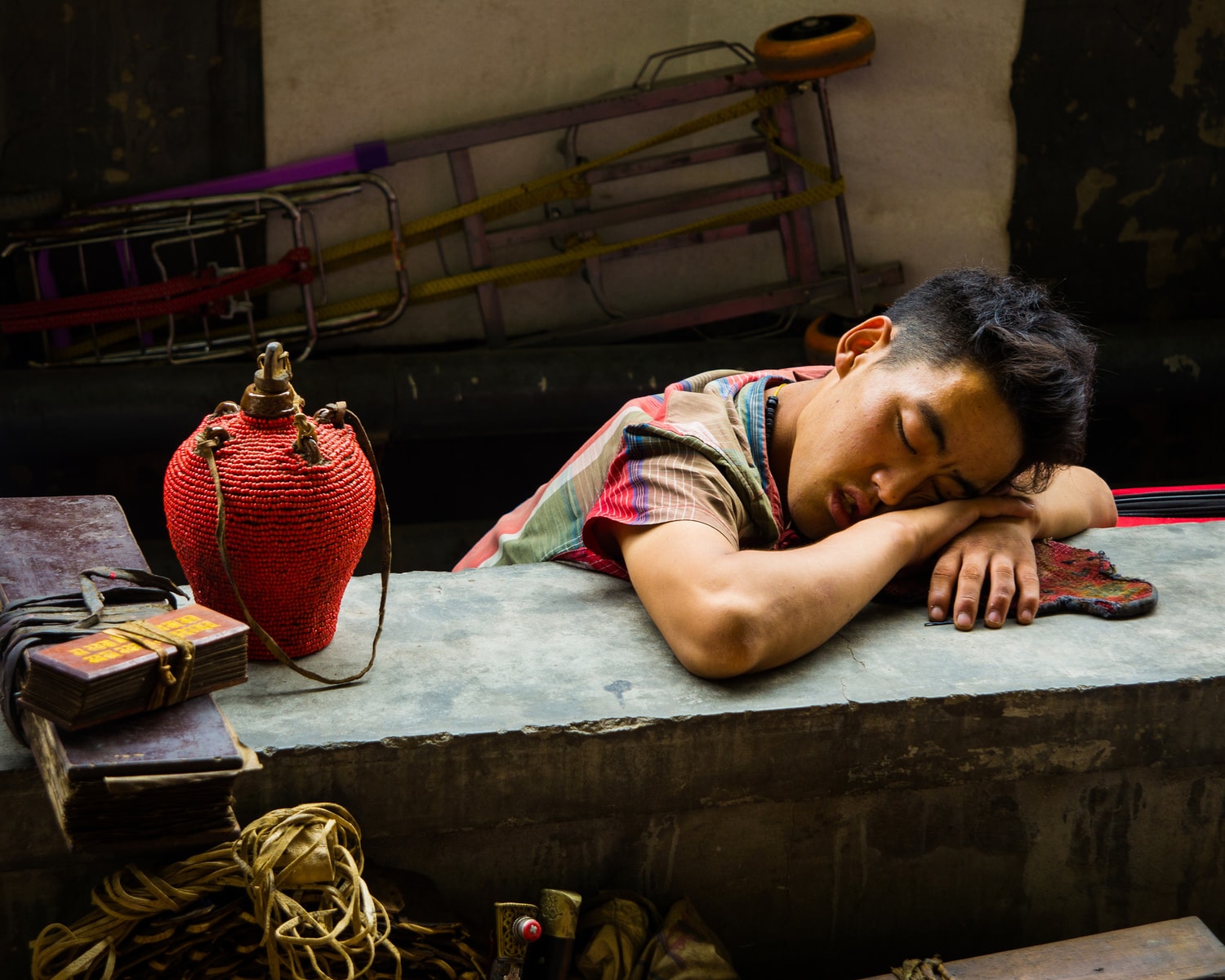
SUNRISES, SUNSETS AND THE BLUE HOUR
Each moment of the day has its special light and its strengths and weaknesses, you just have to know how to take advantage of them according to our interests. However, there are certain lights that make photography more magical ? I'm talking about the golden or warm hour and the blue hour . Both are very close to each other. At dawn, the blue hour occurs first and then the warm hour, when the sun emerges. In sunsets it is just the opposite, first we have the warm hour and, after sunset, the blue hour, which is when the sky turns an intense blue, and the first lights of the city come on waiting for darkness night.
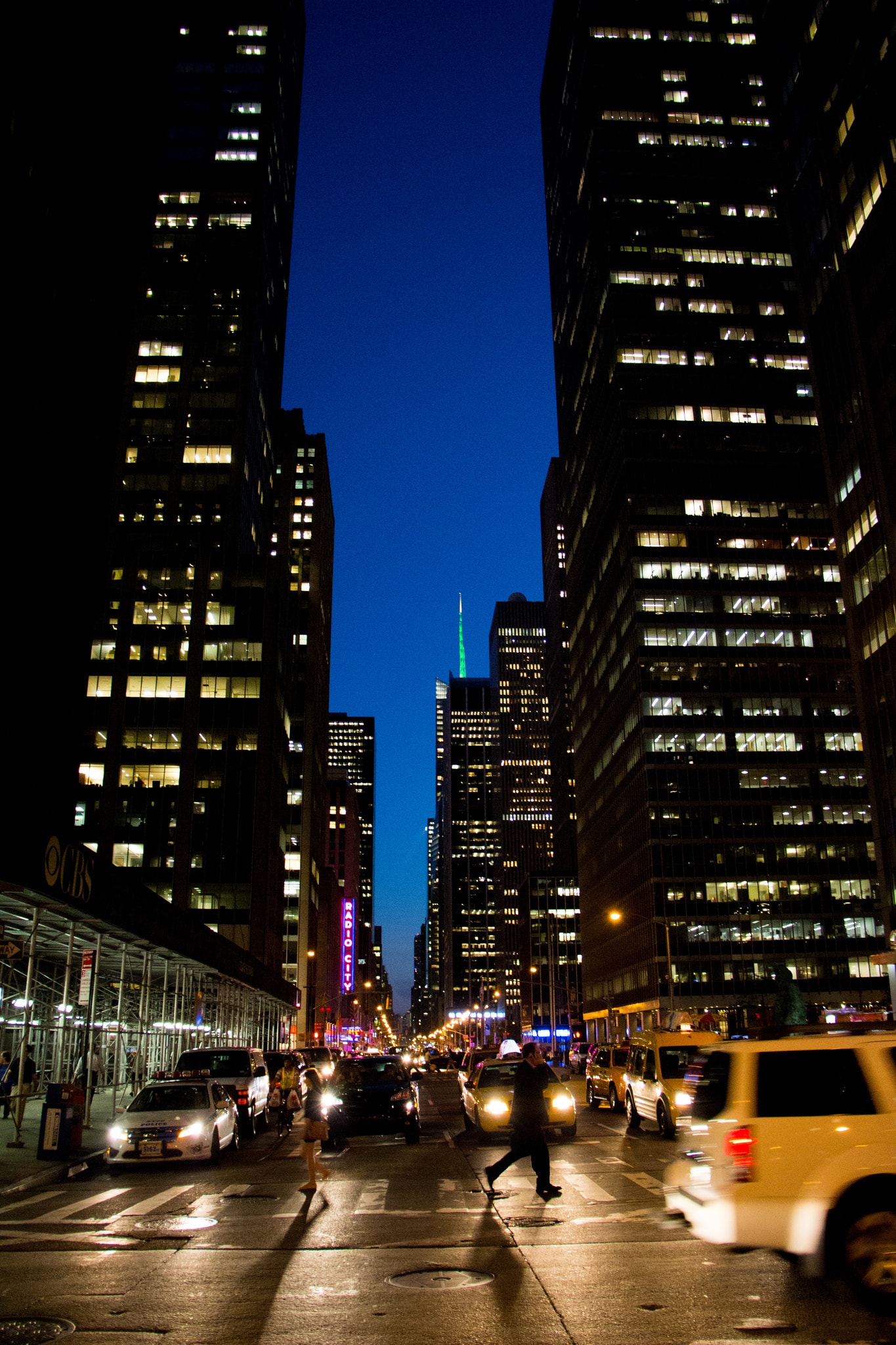
NIGHT AND/OR MOVEMENT PHOTOGRAPHY
Cities are bustling, alive, both during the day and at night, but if you want to highlight the movement and have different images, you cannot stop touring your city at night. The different colors of the lights projected by buildings, street lamps, illuminated signs, an illuminated window, a shop window, the accelerated walk of people coming home...
- Practice with long exposure .
- Contrast between static and moving elements.
- Remember that the slower you shoot, the more movement you will capture in the image.
- Practice the Bokeh .
STREET PHOTOGRAPHY
Cities are not just vertical, iron and concrete, cities are mainly those living beings that inhabit them, give them warmth, color, and shape. A city is the busy people who go to their jobs, the one who walks the dog, the children who play in the park, the street vendor... If you love Street Photography or street photography but it makes you unbelievable Get down to work, take a look at these articles that I hope will help you.
- Everything you need to know about Street Photography
- 13 Exercises to overcome the fear of urban photography
- Tips and tricks for shooting “stolen” portraits
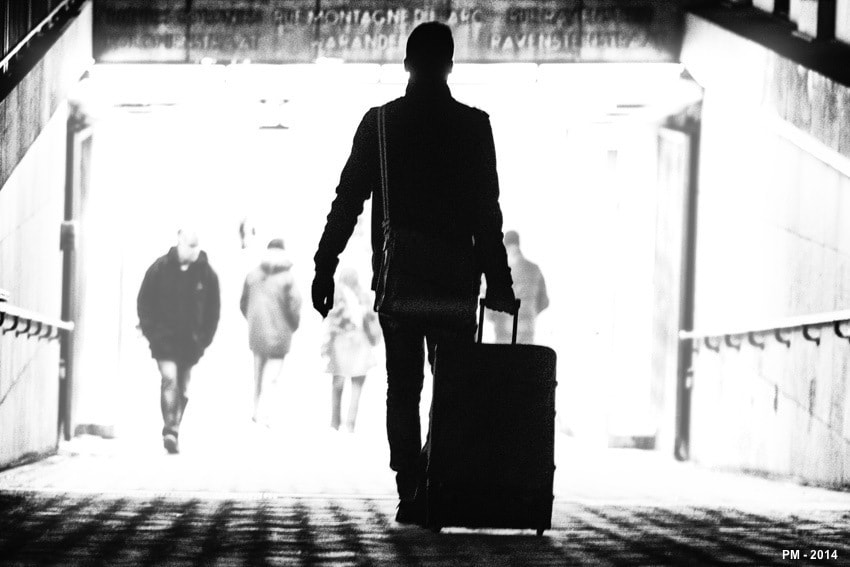
NEW PERSPECTIVES AND POINTS OF VIEW
Walk with "new eyes" observing everything, because everything is likely to be a good photograph. Look for new and original points of view (high angle, counter angle) and let the city in front of you surprise you as if you were experiencing it for the first time; let it inspire you as much as if you were on the other side of the planet in the place you always dreamed of going.
DON'T FORGET THE BLACK AND WHITE
The lines , the patterns, and the combination of geometric shapes that the city offers us marry perfectly on many occasions with black and white . Think about what you want to tell through your images and decide if they communicate better in black and white or in color before taking your photos.
TAKE CARE OF THE COMPOSITION
In the city there are many elements and stimuli around us, so it is not always easy to get the image we have in mind. It is not worth visualizing it and pressing the shutter; you have to create it.
- Identify the center of interest... And give it prominence through the composition.
- Do not include anything that is not relevant.
- Take care of the background.
- Look for lines and vanishing points.
THE HUMAN ELEMENT AS PART OF THE COMPOSITION
There are many forms of life in the city, stray cats, pigeons, trees, flowers, leaves, etc., but do not forget the importance and the ability to add interest that the human figure has.
- Add interest to the scene.
- It will help you contrast with linear forms.
- It will help you provide a sense of scale.
4 SEASONS
Do not forget that each season offers us different situations and scenarios and all of them worth going out to be photographed: rain, fallen leaves, snow, smoke, extreme heat, flowers, etc. Each season has a unique rhythm, light and colours, so you have no excuse to stay home at any time ?
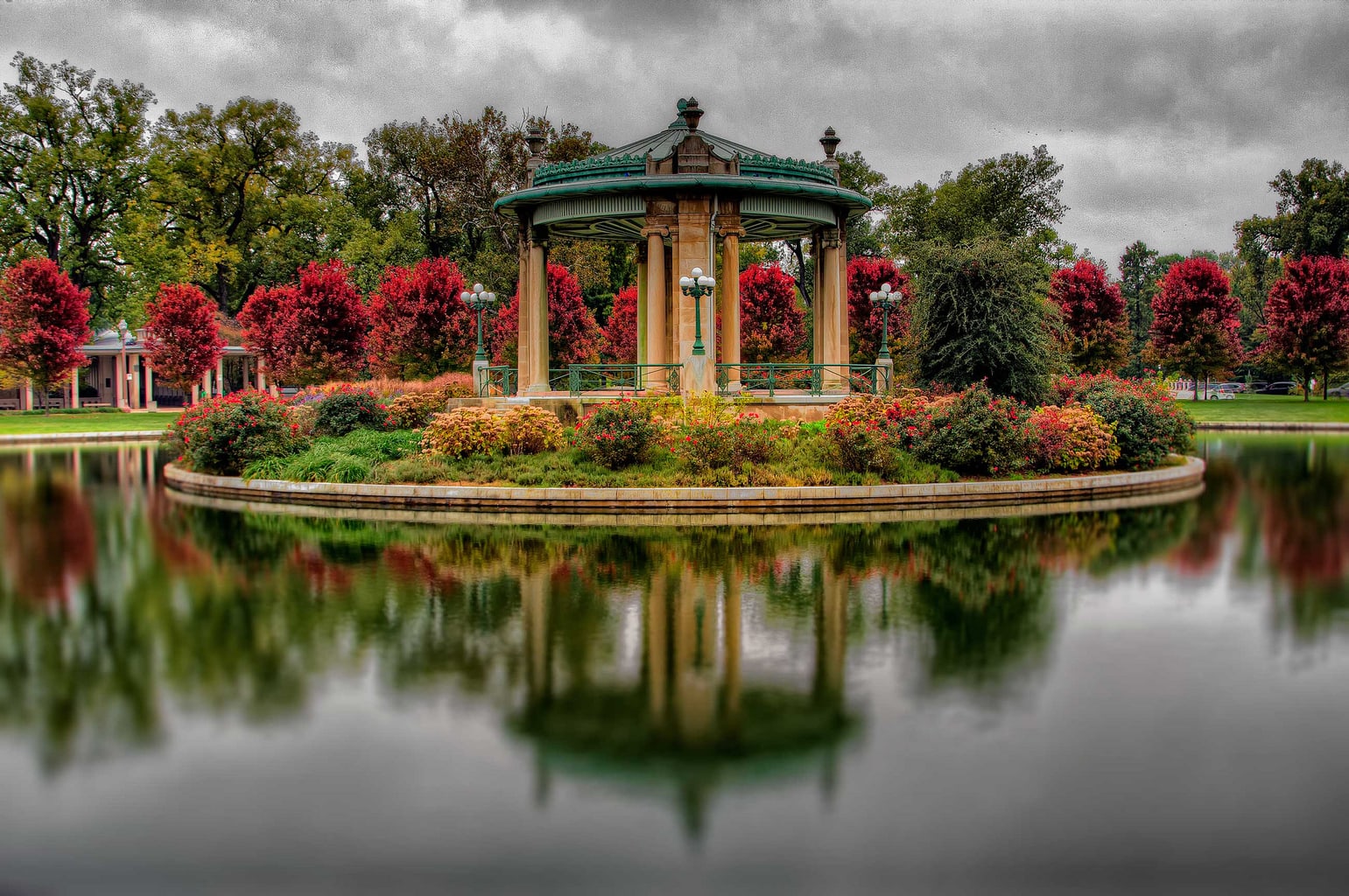
DETAILS
You can portray a city through its skyline with a wide angle, but you can also do it through the details that make it up: A foot sticking out of a door, a cat in a window, a foot on the cobblestones, etc. Pay attention to them, because many times it is in the little things and in their simplicity, where the beauty of the images lies.
RITUALS OR PARTIES
A good way to break the ice and launch yourself into street photography are the celebrations. Dances, costume contests and various shows are attractive to photograph, at the same time that they show the traditions of your city. It is also often easier to dare to photograph people in this type of festive atmosphere.
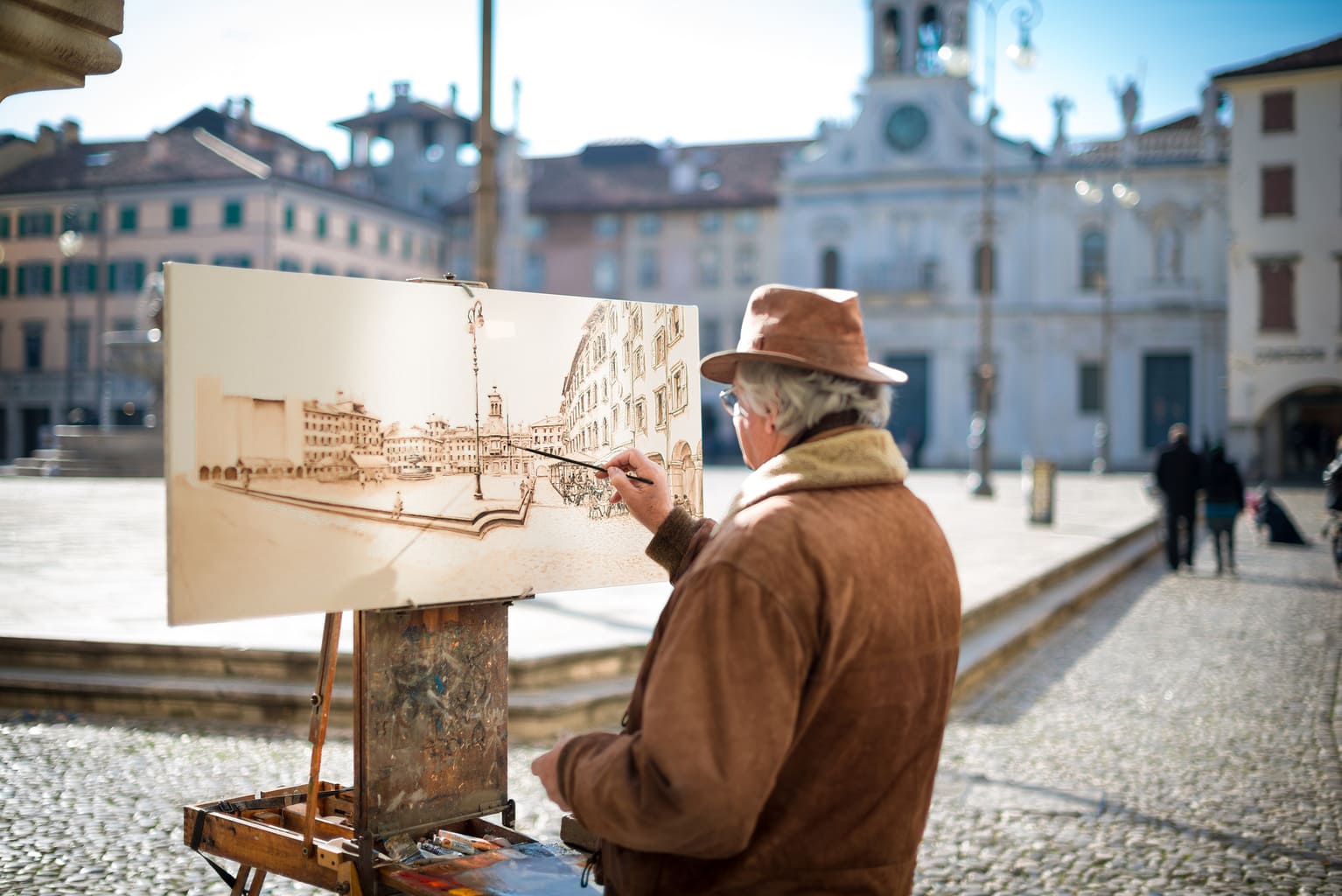
AND FINALLY: TELL STORIES
It is the most important thing in any image. The composition, the objective, the camera, the light or the color, should only help you in the narration of the story. All techniques are important, yes, but always to the extent that they help you explain your story. If an image is compositionally perfect but lacks history, it won't tell you anything other than “how beautiful”. Find the soul of what you want to portray and you will have a good image as well as a beautiful one.
Cities are an infinite well of themes, situations and scenes waiting for you to go out and photograph them. Forget laziness and let yourself be surprised by those streets that you have walked on so many times, by those faces and everyday scenes. Don't wait for a big trip to go out to practice, often the best pictures are the ones we take around the corner ?
That's all for now, now you just need to get going, and if you can share the article to help someone else with their photography, much better ? (Facebook, Google +, or Twitter). Thank you and see you next time.

